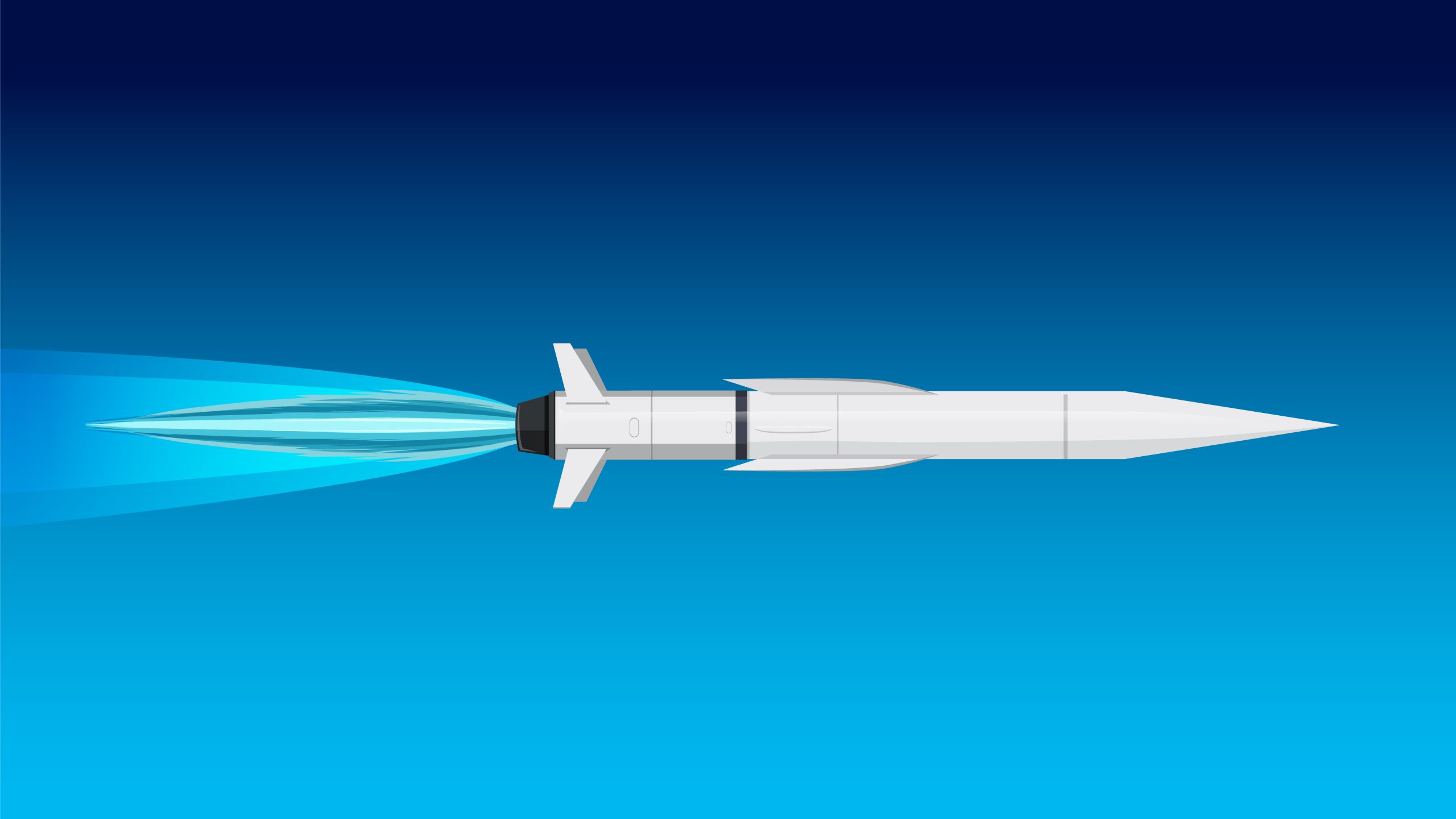
Hypersonic Flight Simulation Challenges & Future Trends
Hypersonic flight simulation is revolutionizing aerospace research, enabling engineers to model extreme-speed travel without risking real-world prototypes. At speeds beyond Mach 5 over 3,800 mph traditional testing becomes risky and expensive. By integrating advanced computing, aerodynamics modeling, and thermal analysis, these simulations shape the future of high-speed travel.
In this guide, we’ll explore the key challenges in hypersonic flight simulation, including computational hurdles, aerodynamic modeling, thermal effects, and future innovations.
What Is Hypersonic Flight Simulation?
Hypersonic flight simulation involves creating digital models of aircraft operating at Mach 5 or faster. These simulations help researchers predict performance under extreme pressure, heat, and aerodynamic forces.
Rather than building costly prototypes for live tests, engineers use computational models to study everything from airflow patterns to heat shield performance. This approach:
-
Saves time and resources by avoiding destructive testing
-
Improves safety by predicting risks early
-
Guides design for improved efficiency
For a deeper dive into aerospace fundamentals, read our internal guide on Can We Trust Digital Twin Accuracy in Simulations?.
Key Elements of Hypersonic Flight Simulation
At ultra-high speeds, hypersonic flight simulation must account for:
-
Speed: Mach 5+ speeds create unique physics conditions.
-
Airflow: Air compresses differently at hypersonic velocities.
-
Heat: Friction raises surface temperatures to thousands of degrees.
Computational Challenges in Hypersonic Flight Simulation
One of the toughest aspects of hypersonic flight simulation is managing the immense computational demand. Unlike standard aerodynamic tests, hypersonic modeling requires solving billions of equations at tiny time steps.
Main Issues at Mach 5+
-
Grid resolution: Extremely fine meshes for accurate flow mapping
-
Time steps: Microsecond intervals to ensure stability
-
Resource intensity: High memory and CPU usage often requiring supercomputers
For more on extreme-scale computing, see NASA’s overview of supercomputing.
Aerodynamic Modeling in Hypersonic Flight Simulation
Aerodynamics at hypersonic speeds differ significantly from those at lower velocities. Hypersonic flight simulation must accurately represent shock waves, turbulent flows, and boundary layer interactions.
Key factors include:
-
Shock waves: Strong waves form ahead of the vehicle, affecting lift and drag.
-
Turbulence: Airflow becomes chaotic, making predictions harder.
-
Boundary layers: Thin layers of air near surfaces require precise modeling.
Common tools include CFD (Computational Fluid Dynamics) software and Navier-Stokes equation solvers.
Thermal Effects in Hypersonic Flight Simulation
At Mach 5+, surfaces can heat to over 2,000°F due to atmospheric friction. Flight simulation models these extreme conditions to ensure materials can survive.
Thermal modeling accounts for:
-
Ablative materials: Coatings that burn away to dissipate heat
-
Active cooling systems: Circulating fluids to prevent overheating
-
Heat transfer modes: Radiation, conduction, and convection inside the vehicle
For advanced aerospace heat protection research, see AIAA’s thermal management resources.
Advanced Techniques for Hypersonic Flight Simulation
To overcome time and cost challenges, modern hypersonic flight simulation integrates advanced computing methods:
-
Machine learning models to speed up pattern prediction
-
Hybrid AI-physics approaches for accuracy with reduced computation time
-
Multi-physics integration to model aerodynamics, thermals, and structural loads together
Benefits include faster design iterations, reduced costs, and early risk detection.
Future Trends in Hypersonic Flight Simulation
Hypersonic flight simulation is evolving with breakthroughs in computing and aerospace collaboration.
Emerging developments include:
-
Quantum computing: Potential to handle unprecedented datasets in real time
-
Real-time pilot training: VR-based hypersonic flight environments
-
Cloud-based simulation: Scalable computing for global teams
-
Open-source tools: Shared innovation to accelerate progress
Learn about cutting-edge defense research at DARPA’s technology hub.
Conclusion
Hypersonic flight simulation is the backbone of future aerospace innovation. From computational power demands to modeling shock waves and managing extreme heat, it bridges theoretical research and practical design.
By mastering the principles, tools, and upcoming technologies in this field, engineers and researchers can push the boundaries of what’s possible safely and efficiently.
Explore more in our aerospace simulation knowledge base and stay ahead in the race for high-speed travel technology.
FAQs
Q1: What is the purpose of flight simulation?
It predicts performance at extreme speeds to guide safe, efficient aircraft design.
Q2: Why is hypersonic flight simulation so complex?
It requires vast computing power to solve equations describing high-speed airflow and heat transfer.
Q3: How are thermal challenges managed?
Through virtual testing of materials, heat shields, and cooling systems.
Q4: Can beginners get started in this field?
Yes, start with basic CFD tools and progress to advanced aerospace simulation software.
Q5: What software is commonly used?
ANSYS Fluent, OpenFOAM, and NASA’s FUN3D for aerodynamic and thermal modeling.
Author Profile

- Online Media & PR Strategist
- Hello there! I'm Online Media & PR Strategist at NeticSpace | Passionate Journalist, Blogger, and SEO Specialist
Latest entries
 ColocationNovember 12, 2025Colocation Security Model Implementation
ColocationNovember 12, 2025Colocation Security Model Implementation Artificial InteligenceNovember 7, 2025SAP AI Strategy Enterprise Advances and Developer Tools
Artificial InteligenceNovember 7, 2025SAP AI Strategy Enterprise Advances and Developer Tools Scientific VisualizationOctober 29, 2025Federated Learning Technology in Medical Privacy AI
Scientific VisualizationOctober 29, 2025Federated Learning Technology in Medical Privacy AI Scientific VisualizationOctober 29, 2025Brain Visualization Ethics: Balancing Innovation and Privacy
Scientific VisualizationOctober 29, 2025Brain Visualization Ethics: Balancing Innovation and Privacy

